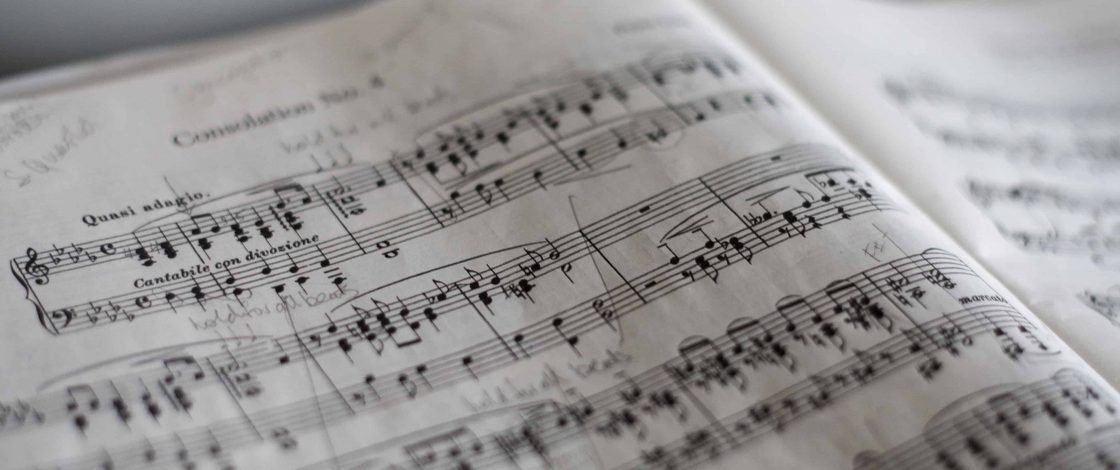You throw on your headphones, turn on your favorite jam, and what is the result? You begin to tap your toes and fingers. You begin to bob your head. Eventually, you may be on your feet, dancing to the rhythm and singing along with the lyrics while the emotions course through you. This is the point where music assumes control and your body is joyfully tagging along.
I’m sure that almost every single individual on this planet has experienced this awesome effect. But, why exactly do we have such a reaction to music and how is the brain responsible for this process? Well, that is what I am here to explain. There are several areas of the brain that are stimulated when we listen to music. Below is a list of these regions and what role they serve when we are jamming out to our favorite tunes.
- Motor Cortex: This part of our brain is responsible for the planning, control, and execution of voluntary movements. The motor cortex becomes activated by the rhythm of music and causes us to move, tap our feet/fingers, and dance.
- Auditory Cortex: This part of our brain is responsible for receiving and processing auditory stimuli. It is the first part of the brain that activates when listening to sounds and it helps analyse and perceive tones.
- Visual Cortex: This part of our brain is responsible for receiving and processing visual stimuli. When listening to music, it is activated when we are watching our own movements, reading music, or watching a performer.
- Amygdala and Nucleus Accumbens: Both of these regions are responsible for the emotional reactions we have when listening to happy music. The connection during this time between the amygdala and nucleus accumbens is strong and results in the release of dopamine. Additionally, the nucleus accumbens is responsible for goosebumps which are associated with listening to pleasurable music.
- Hippocampus: This part of our brain is thought to be the center of emotion, memory, and autonomic nervous system. When listening to music, it helps us remember the music we are listening to, our previous musical experiences, and contexts.
- Cerebellum: This region receives information from the spinal cord, sensory systems (such as the motor, auditory, and visual cortices, which are explained above) and other parts of the brain and then coordinates our motor movements. When listening to music, it is responsible for dancing, movement, and interpreting rhythm.
Below is a short video covering much of what is said here. The individuals at Life Noggin do a great job at breaking it down and providing a fun visual representation. Additionally, just a fun little fact to polish off a dense post, did you know that it was recently discovered that parrots can feel rhythm? The video below the first is a fun one to watch if you have never seen this before. If you would like to read more posts relating to the human brain, you can read How Rooting for Our Team Helps Our Brains and How Socializing Helps the Brain.
Photo by Marius Masalar on Unsplash




